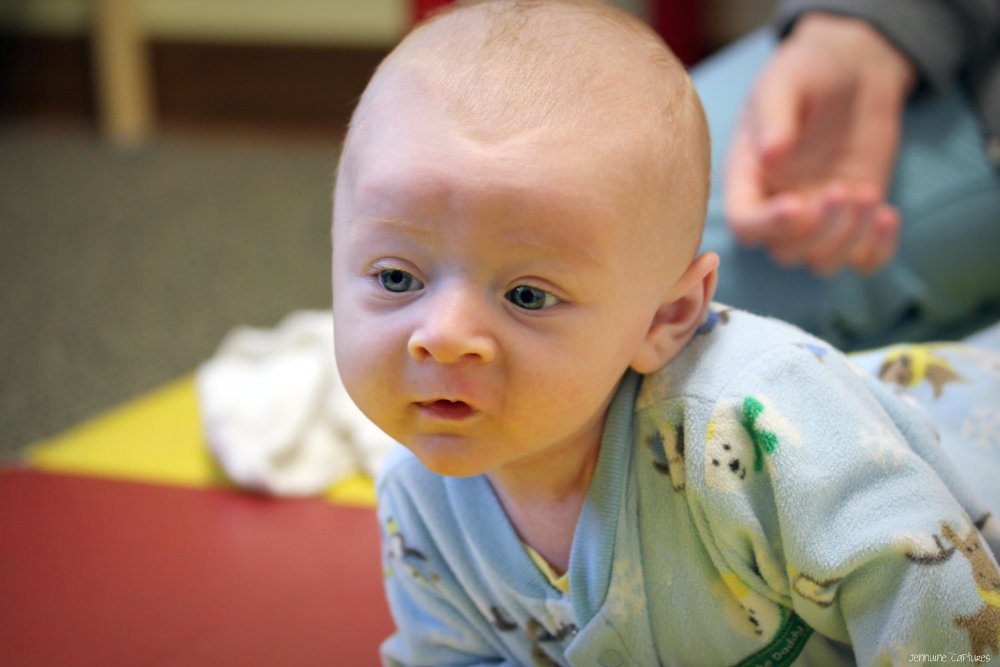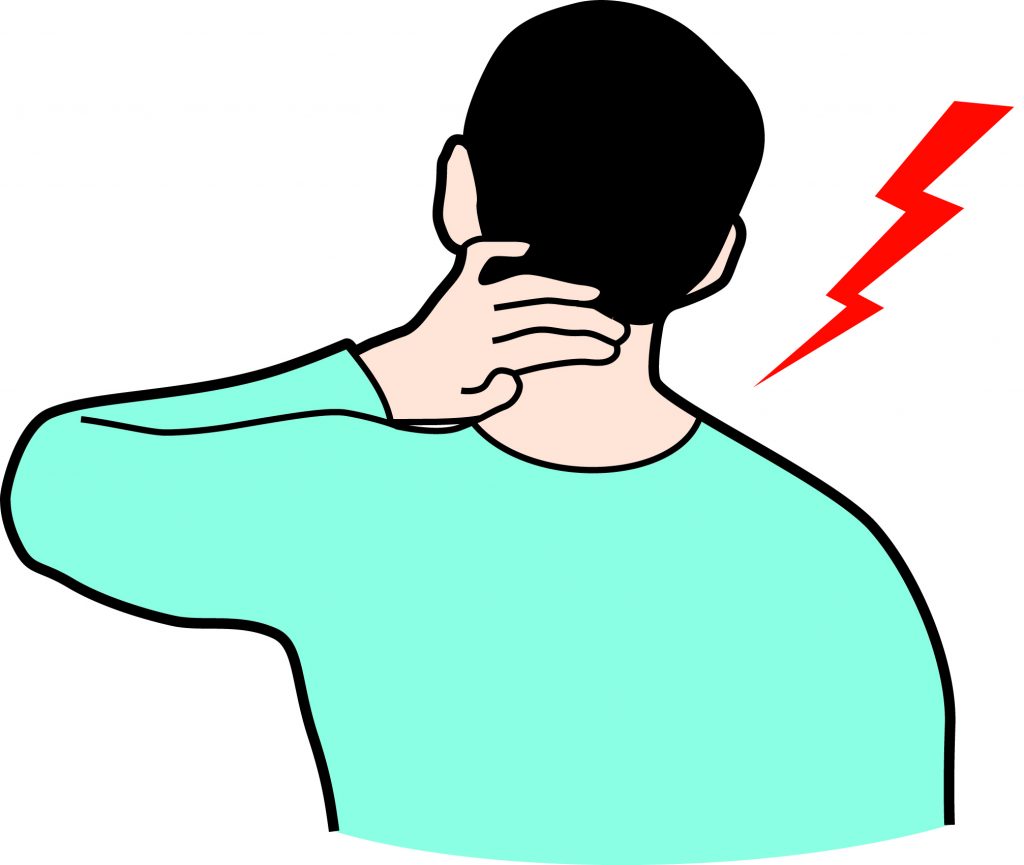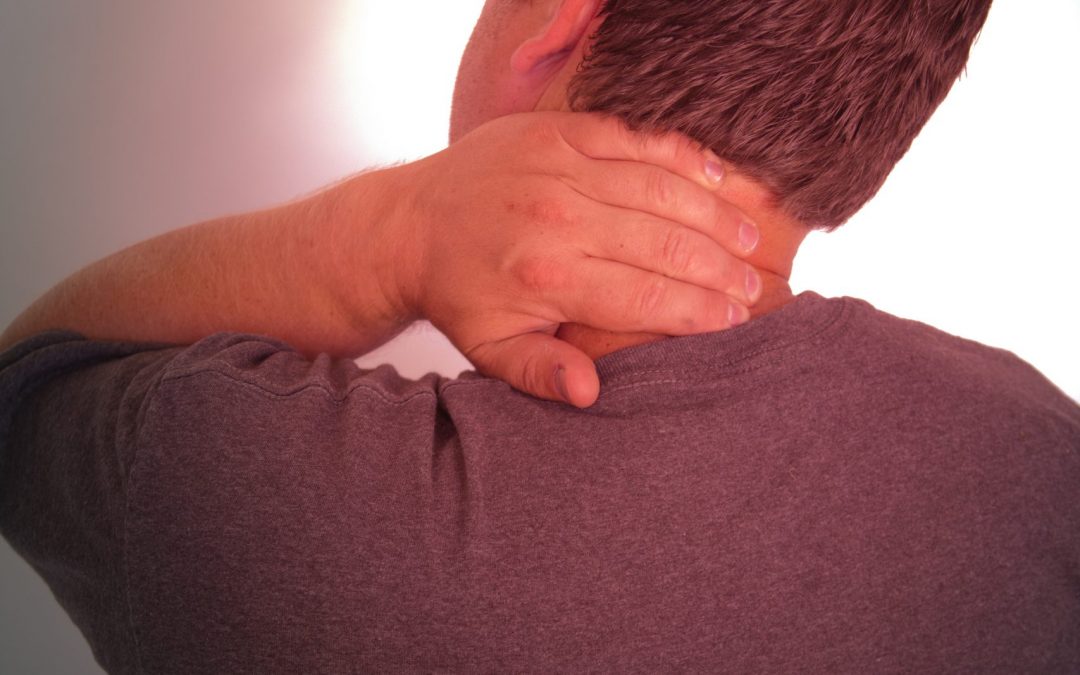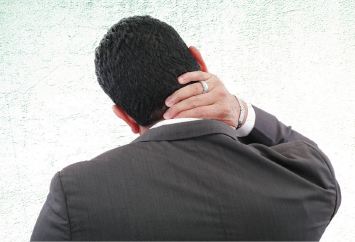Table of Contents
Do you have torticollis? If you are experiencing torticollis; then it only means that one or more small joints at the back of your neck which is known as facet joints become locked or jammed. The small supportive muscles of the neck are often controlled by the muscles with unconscious reflexes. These reflexes contract and hold the joint in a protective manner to avoid further joint damage. There’s also a swelling reaction around the joint. Do you have torticollis? When there’s a prolonged contraction and swelling causes the pain. However, there’s a catch, the joints won’t be able to normally move because the muscles are holding its position; and the muscles won’t loosen up because they feel that the joints are out of position.

Do you have torticollis? There are various physical therapists that initially perform various physiotherapies before pre – positioning the head in various positions in order to see which could be the most comfortable for muscle adjustment. If there’s no possible position where sharp pain is not eliminated then the therapist should either use an adjusting tool that has a light force which is also called an activator, or don’t adjust the person at that time. When a patient is able to handle an adjustment; he/ she could experience a sharp pain followed by a relax and instant feeling of relief in the muscles. Usually after more than three treatments; the joints will be well enough to make the muscles calm down on their own.
Torticollis Overview

Do you have torticollis? The disorder usually starts between the ages of 31 and 50 years. Another type is called acute torticollis which develops when the head or neck twists excessively. When this condition happens; the person will most likely keep the head bent or straight to only one side due to pain because if the patient moves the neck towards the other side this can lead to extreme pain.
The neck muscles that are affected on one side can also become painful and tender. If this is the case; a medical exam is needed in order to examine the nerve and motor functioning so that the spinal cord injury can be ruled out.
Torticollis is characterized by a twisting of the neck to one side. This may occur gradually due to hereditary factors. It could also occur suddenly as a result of trauma or injury. In some cases, the torticollis may also occur as a reaction to certain medications. Torticollis that is associated with a family history is known as spasmodic torticollis. Initially, the neck starts twisting spasmodically and if left untreated, it can become permanent. The condition usually begins between the ages of 31 and 50 years. Acute torticollis develops when the neck is twisted excessively.
When this happens, the individual is likely to keep the head straight or bent to one side due to discomfort. Moving the neck towards the opposite side may lead to severe pain. The neck muscles on the affected side may also become tender and painful. In such cases; a medical examination is necessary to examine motor and nerve function so that spinal cord injury may be ruled out.
Torticollis Wrong Habits
Habit #1
Do you have torticollis? People usually sleep with their windows open so that air will circulate; but then a couple of hours when the temperature drops the neck muscles tend to become stiff; and cramp up which could lead to a change in the neck reflexes and make it hard for the muscles to become loose later on.
Habit #2
Whether you’re over – tired or may have partied and drank too much, you may experience your head; or neck falling into a position during your sleep where you don’t move for several hours. The worst possible sleeping position is when people sleep on their tummies with their head turned in 90 degrees towards just one direction just so they can breathe. Some even have a shallow pillow or no pillow at all which can definitely cause the neck to become stiff. In the latter case, the neck will be tilted too sharply towards the bed.
For instance, if the person sleeps on their left side with a shallow pillow then their joints on the left side will become jammed or freeze in that particular position. Meanwhile the soft tissues and muscles on the other side of the neck will be over – lengthened. However; it can also happen whenever a person sleeps on their back with too many pillows that can cause their neck to be overly flexed while they sleep at night.
Habit #3
Do you have torticollis? In many cases; a person will say that they had done some sort of activity outside their normal routine the day before they woke up with a stiff neck. A common example is when people who are moving into their new homes, or whenever they do some gardening on that day; for some even just watching TV with their head turned in just one direction for a long period; or if they start a new exercise in the gym. Most of them don’t feel any issues the day of but when they wake up the next morning, they start to feel the pain.
What You Can Do If You Have Torticollis

Chronic pain treatment often includes analgesia, physiotherapies like neck stretching, neck exercises or neck massage. If the patient exhibits torticollis, by definition, it will appear that their head is flexed to the painful side to a certain point, and at the same time will also be turned away from the painful area. One of the first indications is when a person is aware of is the sudden pain on one side of the neck, often severe and lower in the neck. Nerve root problems are usually somewhat slower in onset but if the symptoms presented on waking this could be the diagnosis.
Do you have torticollis? The outcome is very likely to be just as good as the muscle or joint strain which is more common, but recovery typically takes longer over a period of weeks. The most common physiotherapy management includes ice, use of a collar if indicated, and also a gentle tractioning of the neck relax the neck muscles and settle pain. definition, causes, symptoms, diagnosis, and treatment.






 I love to write medical education books. My books are written for everyone in an easy to read and understandable style.
I love to write medical education books. My books are written for everyone in an easy to read and understandable style.